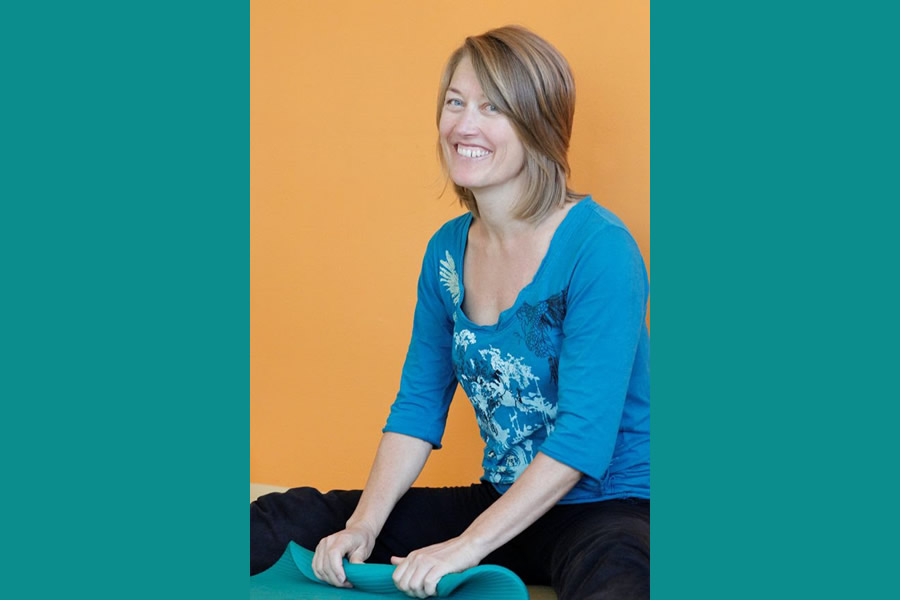Wise teachers from many different disciplines, throughout time, have expressed the need for a daily centering practice. As the modern world’s turbulence escalates, being centered is no longer a good idea it is an essential life skill.
When we individually and collectively cultivate a daily dose of returning to a well-balanced state, life feels less chaotic, overwhelming, and more joyful.
As Anais Nin said many decades ago, “We don’t see things as they are, we see things as we are.”
_____________________________
I’ve spent most of my life exploring ways to re-calibrate my system. Learning to be alert and centered were survival skills while I was growing up. Keeping a low profile, communing with nature, and ecstatically dancing were my primary ways of re-centering.
Classical dance training was my first conscious introduction to a daily centering technique.
The legendary ballet teacher, Maggie Black was my first sensi in the art of one-pointedness (centering).
Being too tall and wild to be a ‘real’ ballerina, I over-compensated with passion and dedication.
Each morning, at the barre, I am surrounded by ballerinas from the best companies in New York. We begin with an intense focus on the simple root movements of dance. Each demi-plie, tendu, and port de bras is done with specificity, as we aspire to execute perfect tone, quality, effort, and shape.
Chopin waltzes are played on the grand piano, infusing the room with rhythmic harmony and beauty.
We are each in a fierce altered state of dedication, as we struggle to appear effortless on the altar of an illusory, centered perfection.
I hear Maggie loud and clear above the waltz, “Higher, lift higher, Millie! Lift your center higher!”
Every cell in my body works to ascend. Sweat and blood flow from my pours. I rise higher and higher until the ephemeral prize of being on center, at last, is mine!
At that moment, on the sacred dance floor, as Maggie shouts, “Yes, Millie, Yes!” my inner body wisdom whispers, “There are less effortful ways.”
After many years and tens of thousands of hours of centering practice, I am sure of a few things:
—Centering involves listening to the body’s innate wisdom (sometimes called ‘the blueprint for your perfect body’s unfolding’).
—Centering demands the wholeness of you (body, heart, intellect, and soul).
—Centering is a lifelong journey.
_____________________________
The ways I re-centered as a teenager and young adult are very different today.
Yesterday, my daughter, some friends, and I paddle-boarded out the glassy smooth Dingle Harbor onto the Wild Atlantic Way.
The waves are getting choppy. My feet go on high alert. Every cell explores possible wave-riding balance options. Fear takes over curiosity. Tension shouts at the lovingly trained tissues to stay on balance. Center gives up, body wisdom takes the reigns, and I fold to the safety of my knees as we paddle out the Harbor mouth to Thunder Cove. A miraculously psychedelic array of colors, temperatures, and sounds delight our senses as the seagulls squawk, rock formations rise and fall from the sea, and the sparkling waves gallop.
_____________________________
Today my centering practices dwell within all aspects of life — inner body wisdom, emotional well-being, and inspired expressions of joyful wonder.
In my online groups and destination retreats, we explore the art of re-centering, from the inside out, as an inspired creative path.

